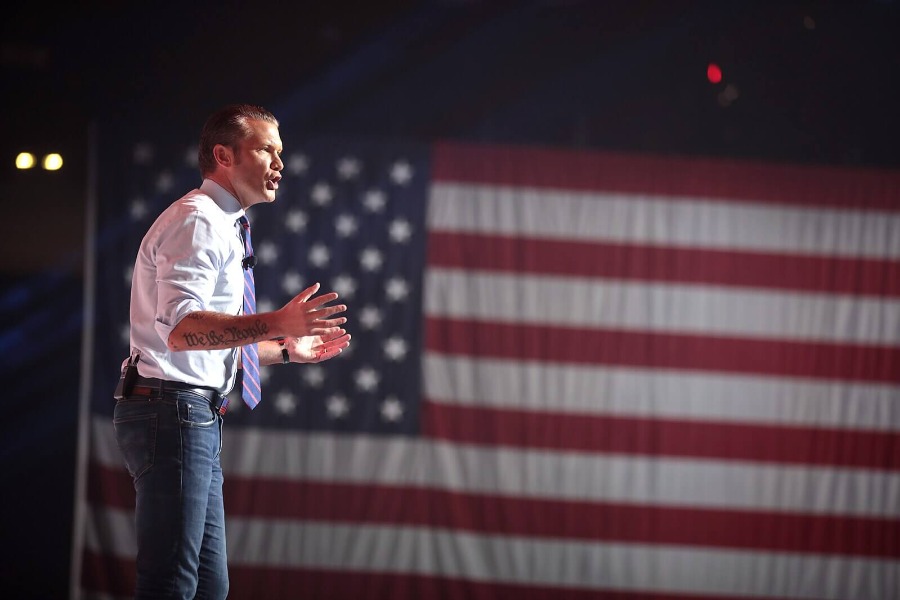In-Court Wardrobe, Personal Jurisdiction, and the 9/11 Case
Published by The Lawfare Institute
in Cooperation With

The government's response rejects any attempt by the defendants to suggest to the members, by means of the defendants' attire, that the defendants cannot be tried in a military tribunal:As a necessary antecedent to their proof, the Government must establish beyond a reasonable doubt that the Accused are not lawful combatants under the laws of war. Denying any accused before this war crimes court the opportunity to wear appropriate, and respectful uniform items that combatants or members of militia would customarily wear under the laws of armed conflict, such as a camouflage vest, field jacket, and turban directly supports the Government’s proof. JTF-Guantanamo, before the very start of the arraignment, inserted itself into the panel box by deciding – as the factfinder – that the Accused are not lawful combatants. Consequently, denying the Accused the clothing of his choice, and only permitting them to wear a shalwar and kameez or a western style suit impairs the presumption of innocence.
Presumably, the defense intent in providing the accused with such items is to broadcast their message that the accused are in fact "lawful combatants under the laws of war." AE038, p. II. Neither the Manual for Military Commissions, nor any relevant case law empower the accused to make such extrajudicial statements to the jury with their clothing while seated at their defense table. If the defense desires to challenge the prosecution's evidence on the merits of the case, or if any accused has evidence to present regarding his status under the laws of war, he will be permitted to do so at the appropriate time in the trial. To allow the accused to wear camouflage vests and jackets or an orange prison jumpsuit during court, would threaten to transform this Commission into a vehicle for their own propaganda and undermine the "atmosphere that is conducive to calm and detached deliberation and determination of the issues presented and that reflects the seriousness of the proceedings," as required by R.M.C. 801 (a).





